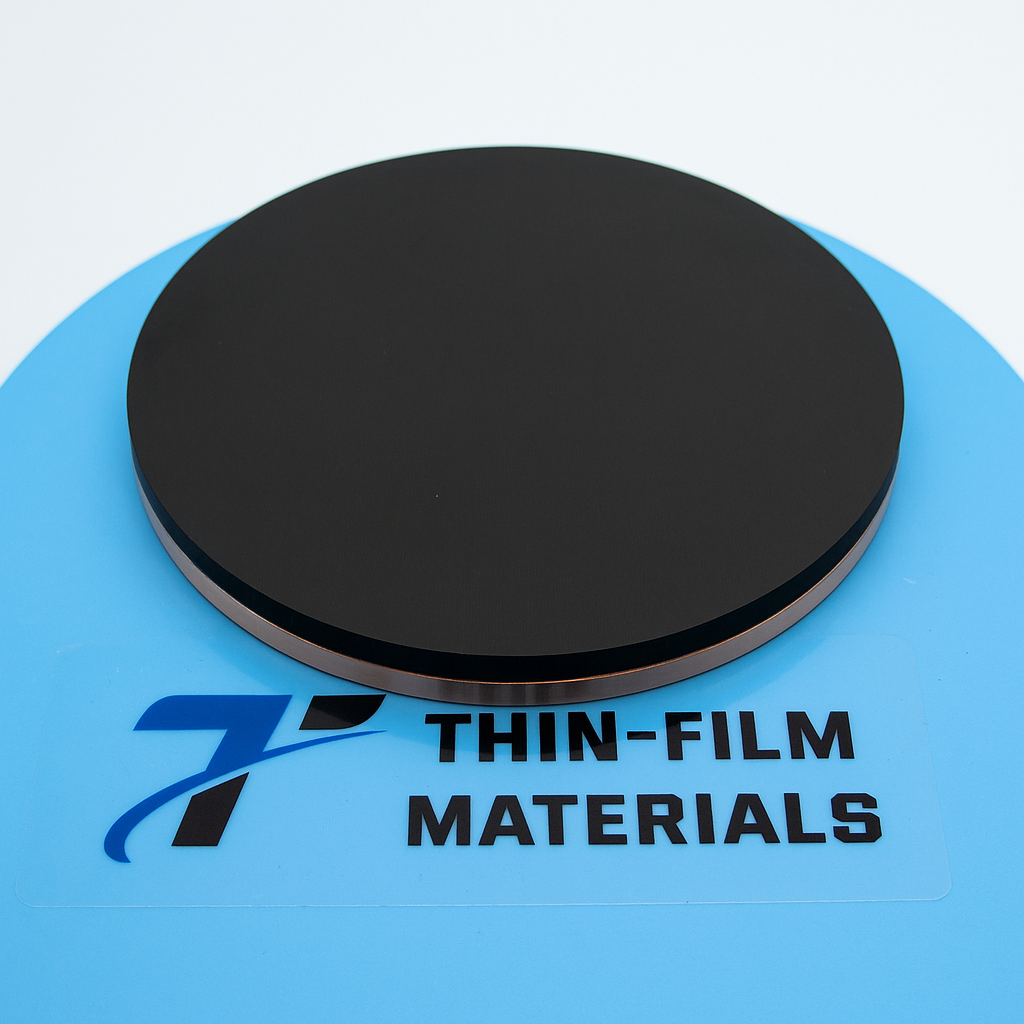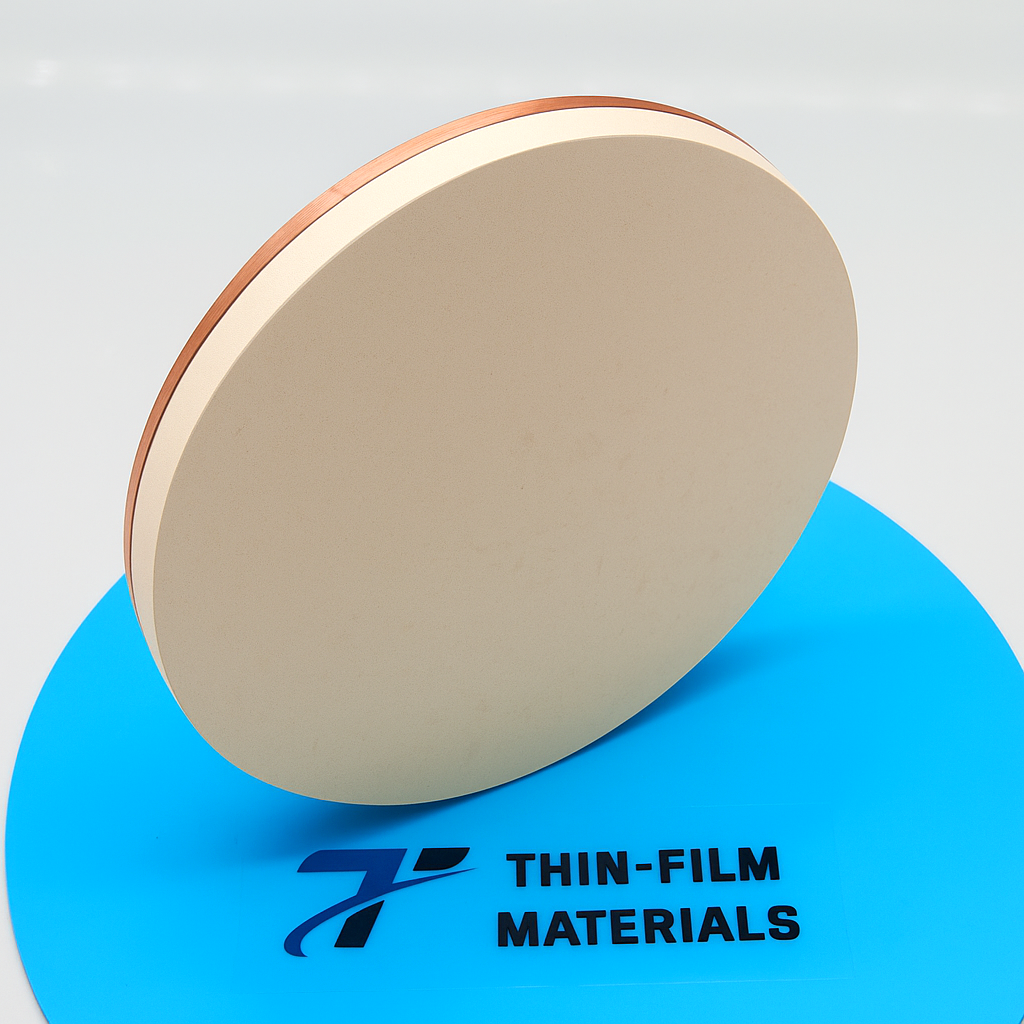1. Introduction
Calcium Oxide Powder—commonly known as quicklime—is one of the most widely used inorganic compounds in global industry. Its chemical simplicity (CaO), strong reactivity toward moisture and acids, high thermal stability, and low cost make it indispensable across metallurgy, environmental engineering, chemical synthesis, construction materials, agriculture, and emerging high-tech applications.
Although quicklime has been used for thousands of years, modern materials science has redefined its importance. Advances in purification, particle-size control, and surface modification allow CaO to perform far beyond its traditional applications. Ultra-fine CaO powders now support advanced processes such as flue-gas desulfurization, catalyst preparation, wastewater remediation, gas purification, and high-temperature coatings.
This article provides an in-depth, 3000-word exploration of Calcium Oxide Powder, covering its chemical fundamentals, physical properties, production routes, industrial applications, quality indicators, safety measures, and market outlook.
2. What Is Calcium Oxide Powder?
Calcium Oxide (CaO) is an alkaline, highly reactive white powder produced mainly by the thermal decomposition of limestone (CaCO₃). When heated above approximately 900 °C, limestone releases CO₂ and converts into CaO—a process known as calcination.
2.1 Chemical Identity
- Chemical Name: Calcium Oxide
- Formula: CaO
- Molar Mass: 56.08 g/mol
- CAS Number: 1305-78-8
- Appearance: White or off-white fine powder
- Odor: Odorless
- Stability: Stable under dry conditions but reacts vigorously with water
2.2 Key Physicochemical Properties
| Property | Typical Value |
|---|---|
| Melting point | ~2572 °C |
| Boiling point | ~2850 °C |
| Density | 3.34 g/cm³ |
| Solubility in water | Reacts exothermically producing Ca(OH)₂ |
| pH in aqueous solution | ~12.5 (strongly alkaline) |
| Thermal expansion | Low |
| Color | White / grayish depending on purity |
Calcium Oxide is hygroscopic and reacts aggressively with water to form calcium hydroxide (slaked lime). The hydration reaction is accompanied by large heat release, which must be managed carefully during storage and application.
3. Production and Purification of CaO Powder
3.1 Raw Materials
The primary raw material for CaO is high-purity limestone (CaCO₃). Other sources include:
- Chalk
- Marble
- Aragonite
- Industrial by-products like precipitated calcium carbonate (PCC)
The final purity of CaO depends on the composition of the starting carbonate.
3.2 Calcination Process
The core reaction is: CaCO3(s)→CaO(s)+CO2(g)\text{CaCO}_{3(s)} \rightarrow \text{CaO}_{(s)} + \text{CO}_{2(g)}CaCO3(s)→CaO(s)+CO2(g)
Calcination is performed in:
- Rotary kilns
- Shaft kilns
- Fluidized-bed kilns
- Electric furnaces (for high-purity CaO powders)
Operating temperature ranges between 900 °C and 1200 °C depending on:
- Particle size of limestone
- Required reactivity
- Desired degree of decomposition
High-purity CaO (for fine chemical and environmental applications) may require temperatures up to 1400 °C.
3.3 Particle Size Control
After calcination, CaO clinkers are:
- Crushed
- Milled
- Air-classified
Particle sizes range from 10 µm to 75 µm, while ultra-fine CaO can be milled to sub-micron sizes for specialized uses.
3.4 Purification and Modification
Depending on the target application, CaO powder may undergo:
- Sieving and air-classification for particle control
- Acid washing to remove metallic contaminants
- Surface modification for improved dispersion in polymers
- Hydration–dehydration cycles to increase reactivity
High-purity CaO (>98–99%) is essential for electronic chemicals, catalysts, and pharmaceutical intermediates.
4. Chemical Reactivity and Functional Behavior
Calcium Oxide is known for several hallmark reactions:
4.1 Hydration
CaO+H2O→Ca(OH)2 (exothermic)\text{CaO} + \text{H}_{2}\text{O} \rightarrow \text{Ca(OH)}_{2}\;(\text{exothermic})CaO+H2O→Ca(OH)2(exothermic)
This reaction drives many of its industrial uses—from soil stabilization to water treatment.
4.2 Reaction with Acids
CaO readily neutralizes acids, forming corresponding calcium salts: CaO+2HCl→CaCl2+H2O\text{CaO} + 2\text{HCl} \rightarrow \text{CaCl}_{2} + \text{H}_{2}\text{O}CaO+2HCl→CaCl2+H2O
4.3 Reaction with CO₂
CaO absorbs CO₂ to form CaCO₃: CaO+CO2→CaCO3\text{CaO} + \text{CO}_{2} \rightarrow \text{CaCO}_{3}CaO+CO2→CaCO3
This property is essential in carbon-capture applications and steelmaking.
4.4 Reaction at High Temperatures
CaO participates in metallurgical slag chemistry due to its ability to:
- Capture impurities (e.g., sulfur, phosphorus)
- Promote fluidity in molten slags
- Stabilize refractory structures
5. Grades and Specifications of CaO Powder
Calcium Oxide powders are classified by:
5.1 Purity Grades
| Grade | Typical Purity | Applications |
|---|---|---|
| Industrial | 85–95% | Steelmaking, construction, glass |
| High Purity | 95–98% | Chemicals, wastewater treatment |
| Ultra-High Purity | 98–99.5% | Catalysts, electronics, specialty chemicals |
5.2 Physical Forms
- Fine powder
- Granules
- Pellets
- Micronized powder
- Nano-CaO (for specialized R&D applications)
5.3 Key Quality Indicators
| Parameter | Importance |
|---|---|
| Reactivity | Controls hydration rate and heat release |
| Available CaO content | Indicates neutralization capacity |
| Impurities (SiO₂, Fe₂O₃, Al₂O₃, MgO) | Affect performance in metallurgy and chemicals |
| Moisture content | Impacts stability and storage |
| Particle size distribution | Influences dispersion and reaction kinetics |
6. Applications of Calcium Oxide Powder

Calcium Oxide is one of the most versatile inorganic powders in modern industry. Below is an extensive review of major application sectors.
6.1 Metallurgical Industry
6.1.1 Steelmaking (BOF, EAF, Secondary Refining)
CaO is a fundamental fluxing agent used to:
- Remove sulfur and phosphorus
- Regulate slag viscosity
- Control acidity/basicity
- Capture impurities such as SiO₂ and Al₂O₃
High-reactivity CaO powders improve:
- Slag formation rates
- Steel cleanliness
- Energy efficiency
6.1.2 Non-ferrous Metallurgy
CaO is used in:
- Copper smelting
- Lead recycling
- Aluminum refining
- Magnesium processing
Its strong affinity for silica and sulfate ions makes it a powerful impurity scavenger.
6.2 Environmental Engineering
Calcium Oxide Powder plays essential roles in pollution control:
6.2.1 Flue Gas Desulfurization (FGD)
CaO reacts with SO₂ to form calcium sulfite/sulfate: CaO+SO2→CaSO3\text{CaO} + \text{SO}_{2} \rightarrow \text{CaSO}_{3}CaO+SO2→CaSO3
Dry and semi-dry scrubbing systems rely heavily on CaO powder.
6.2.2 Wastewater Treatment
Applications include:
- Neutralization of acidic wastewater
- Removal of heavy metals (Cr, Cu, Pb) via precipitation
- Sludge stabilization
- Ammonia stripping
6.2.3 Solid Waste Management
CaO is used for:
- Pathogen inactivation
- Stabilization of hazardous waste
- Odor control in municipal facilities
6.3 Construction Materials
Calcium Oxide has been central to construction chemistry for centuries.
6.3.1 Cement and Mortar
CaO is a precursor in Portland cement clinker. Proper CaO balance ensures:
- Mechanical strength
- Hydration kinetics
- Dimensional stability
6.3.2 Soil Stabilization
CaO interacts with clay minerals to:
- Reduce plasticity
- Increase load-bearing capacity
- Improve road base performance
6.3.3 Autoclaved Aerated Concrete (AAC)
CaO is a key ingredient in AAC block production, contributing to lightweight and insulating properties.
6.4 Chemical Industry
6.4.1 Synthesis of Calcium Compounds
CaO is the starting raw material for:
- Calcium hydroxide (slaked lime)
- Calcium carbide (CaC₂)
- Calcium chloride
- Calcium stearate
- Precipitated calcium carbonate (PCC)
6.4.2 Catalyst Support and Reagent
In organic synthesis, CaO serves as:
- Acid scavenger
- Dehydration agent
- Transesterification catalyst
6.4.3 Glass and Ceramic Production
It acts as a stabilizer that improves:
- Chemical durability
- Thermal resistance
- Structural integrity
6.5 Agriculture
Calcium Oxide Powder is used widely in agricultural systems.
6.5.1 Soil pH Adjustment
CaO neutralizes acidic soils, improving:
- Nutrient availability
- Microbial activity
- Crop yields
6.5.2 Disinfection
CaO powder rapidly increases pH, destroying:
- Bacteria
- Fungi
- Harmful pathogens
6.5.3 Animal Husbandry
Used for:
- Stable sanitation
- Carcass treatment
- Bedding treatment during disease control campaigns
6.6 Paper and Pulp Industry
CaO is central to the Kraft pulping process:
- Regenerates caustic soda via causticizing reaction
- Controls pH during pulping
- Supports bleaching operations
6.7 High-Tech and Emerging Applications
Advanced CaO powders and nanomaterials are now appearing in:
6.7.1 Carbon Capture and Storage (CCS)
CaO’s reversible CO₂ absorption–desorption capability is being explored for:
- Direct air capture (DAC)
- Post-combustion capture
- Sorption-enhanced hydrogen production
6.7.2 Battery and Energy Systems
CaO is applied as:
- Additive in molten-salt electrolytes
- Ceramic precursor in solid electrolytes
- Heat storage medium in thermochemical energy storage (TCES)
6.7.3 Polymer and Composite Fillers
Surface-modified CaO improves:
- Flame retardancy
- Thermal conductivity
- Mechanical strength
6.7.4 Biomedical Uses
Although CaO is not directly used in tissues, CaO-derived compounds like Ca(OH)₂ are applied in:
- Dental pulp capping
- Antibacterial systems
- Bone cement formulations
7. Packaging, Storage, and Handling
Because CaO is reactive, especially with moisture, correct handling is essential.
7.1 Packaging
Common packaging options:
- 25 kg bags (paper or PE-lined)
- 500–1000 kg jumbo bags
- Vacuum-sealed pouches for high-purity CaO
- Metal drums for moisture-sensitive grades
7.2 Storage
Conditions:
- Store in a dry environment
- Avoid exposure to humidity and rain
- Use sealed containers
- Keep away from acids
7.3 Safety
Calcium Oxide is corrosive and causes:
- Skin burns
- Eye damage
- Respiratory irritation
Proper PPE includes:
- Gloves
- Goggles
- Respirator when handling fine powder
- Long-sleeved protective clothing
Accidental contact with water must be avoided due to exothermic reactions.
8. Market Trends and Outlook
8.1 Global Consumption Drivers
Demand for CaO continues to grow due to:
- Expansion of steel production
- Stricter environmental regulations
- Construction industry growth
- Chemical manufacturing expansion
- Rapid development of wastewater treatment systems
8.2 Advanced Materials Market
High-purity CaO powders are increasingly used in:
- Electronic ceramics
- High-temperature coatings
- Specialty polymers
- Energy storage technologies
8.3 Sustainability Considerations
The calcination process releases CO₂. Industries are exploring:
- Renewable-powered kilns
- Oxy-fuel calcination
- Carbon-neutral limestone sources
- Integration with carbon capture systems
9. Selecting the Right Calcium Oxide Powder
For industrial buyers, several criteria determine suitability.
9.1 Purity Requirements
- ≥98%: Recommended for high-value chemicals
- ≥95%: Suitable for FGD and wastewater
- 85–90%: Adequate for construction applications
9.2 Reactivity
Higher reactivity means:
- Faster hydration
- More heat release
- Better performance in soil and pollution control
9.3 Particle Size
Fine powders accelerate reaction kinetics.
9.4 Moisture and CO₂ Content
Lower residual humidity ensures longer shelf life.
9.5 Packaging and Logistics
Proper packaging prevents premature hydration and carbonization.
10. Frequently Asked Questions (FAQ)
1. Is Calcium Oxide the same as lime?
Yes. Quicklime is the common industrial name for CaO. When hydrated, it becomes slaked lime (Ca(OH)₂).
2. Why does CaO react violently with water?
Hydration releases large amounts of heat. The reaction is strongly exothermic and must be controlled.
3. What purity of CaO is required for steelmaking?
Typically 85–95% CaO, depending on slag composition and impurities present.
4. Can CaO absorb CO₂ from air?
Yes. CaO is hygroscopic and reacts with CO₂ to form CaCO₃. It must be stored dry and sealed.
5. Does CaO expire?
While CaO does not “expire,” it gradually degrades by absorbing moisture and CO₂ over time, reducing reactivity.
6. What particle size is used for flue-gas desulfurization?
Fine powders between 20–60 µm offer the best sulfur-capture performance.
7. Is CaO harmful to the environment?
CaO itself is not harmful—its high alkalinity is the concern. It must be handled responsibly to avoid pH shocks.
8. What is the difference between CaO and Ca(OH)₂?
CaO is quicklime. Ca(OH)₂ is hydrated lime. They differ in alkalinity, reactivity, and application.
11. Conclusion
Calcium Oxide Powder is a foundational material across heavy industry, environmental engineering, and advanced manufacturing. Its unique combination of strong alkalinity, high thermal stability, and reactivity makes it indispensable in sectors ranging from steelmaking and construction to wastewater treatment and chemical synthesis. As sustainability pressures grow, CaO’s role in carbon-capture systems and eco-friendly building technologies will continue to expand.
Whether used as a flux, neutralizing agent, adsorbent, or precursor in chemical production, CaO remains a critical industrial material whose versatility ensures its relevance well into the future.



